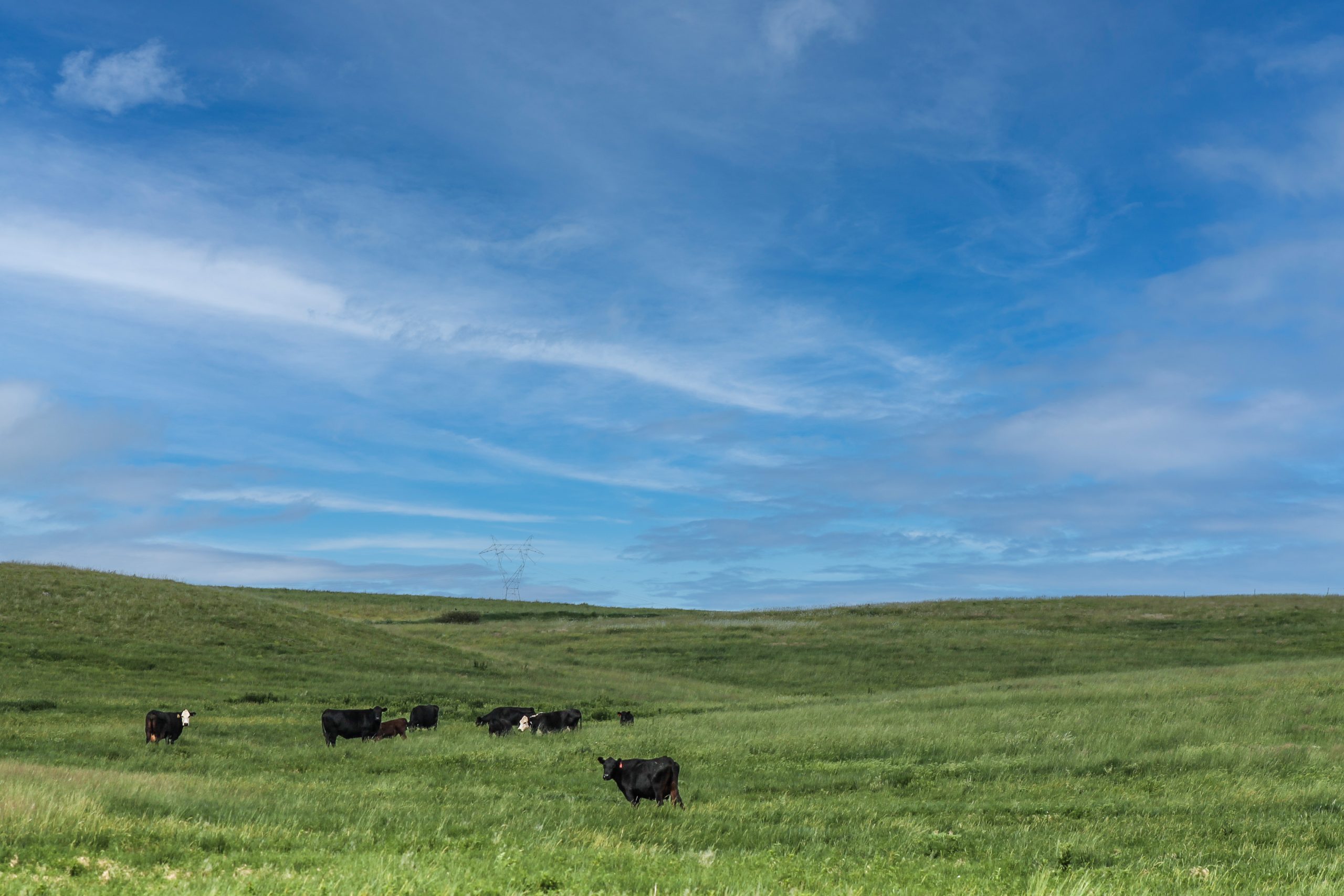“The best thing is what might be the hardest to do.”
Jaymelynn Farney, associate professor of animal science at Kansas State University and beef systems specialist at the Southeast Area Research and Extension Center near Parsons, Kansas, said as forages are in short supply and other feed ingredients are expensive, some tough choices might have to be made by beef producers.
“The best thing for perennial grasses is to have a sufficient amount of biomass above ground to have an adequate amount of root growth below,” Farney said. “If we deplete the root supply of nutrients, then the plant won’t regrow when we have optimal weather conditions.”
She said producers need to examine appropriate stocking rates and test pasture soils before Mother Nature turns off the spigot and drought conditions start.
“Plan appropriate stocking rates—assuming the worst scenario,” she said. “If it goes to raining, then you can utilize stocker cattle to increase grazing pressure to most effectively utilize your land resource.”
When testing pastures, especially those that have had fertilizer applied, be aware of what the grasses need.
“During drought, appropriate soil pH is the best thing to help maximize utilization of any fertility options, and luckily lime is still reasonably priced as compared to the other main fertilizers,” she said.
Farney was asked if the “grass can be saved” and with current conditions she said the best practice is reduce stocking rates.
“Make sure you adhere to the ‘take half-leave half’ rule so that you do not apply undo stress on the plant reserves,” Farney said. “This is especially true of the warm season grasses. For the cool-season grasses come up with some flexible grazing strategies and be willing to de-stock if needed.”
Farney said some producers may not be able to keep their herd together if they rely on surface water.
“It is often easier to be able to purchase and bring in feeds than it is to provide and haul water, especially long distances,” she said.
Don’t forget about infrastructure changes that would have to happen in order to feed different ingredients when trying to stretch forage supplies.
When drought forces culling, Farney said those animals need to be prepared beforehand. Dry, pregnant cows are cheaper to feed than lactating ones.
“So if you haven’t weaned, that would be the first thing to do,” she said. “Depending on where you are located and the resources you have, daily cost of dry lotting cows may be more than what you have paid for grass grazing.”
If the cost is too high, continue to cull strategically and make sure investment is made in those animals who have the greatest potential to pay you back.
“Preg check before sending cows to the feedlot; old ‘shelly’ cows might need to be removed from your production system; cows that are higher strung (wilder) also might not be as fun to work with in the dry lot system, especially if you are building and utilizing pens that aren’t designed to hold large animals with lots of pressure,” she said.
There is added pressure to return to what producers consider normal once the drought breaks and Farney is encouraged by several studies showing native pastures after extreme droughts have managed to recuperate, especially if producers practiced smart grazing decisions during the dry periods.
“But even some of the pastures that were extremely overgrazed often ‘came out’ of the extreme drought,” she said. “Historically, the most extremely dry years have been followed by extremely wet years. During that first year post extreme drought there may be less desirable plant species—weeds grow fastest‚ but if you work on control and stock based on grass production, then those pastures can overcome quite a bit of adversity.”
Kylene Scott can be reached at 620-227-1804 or [email protected].




